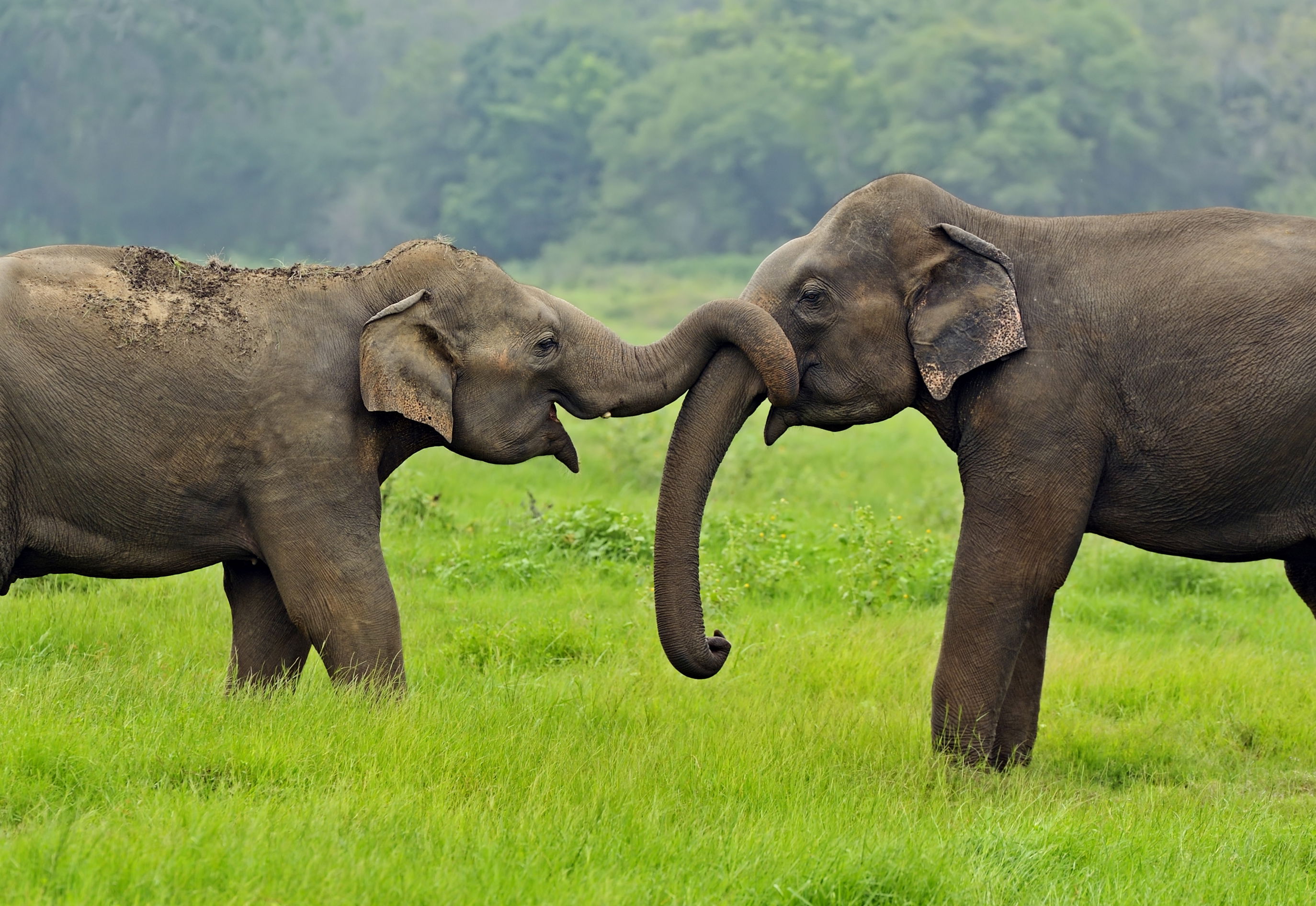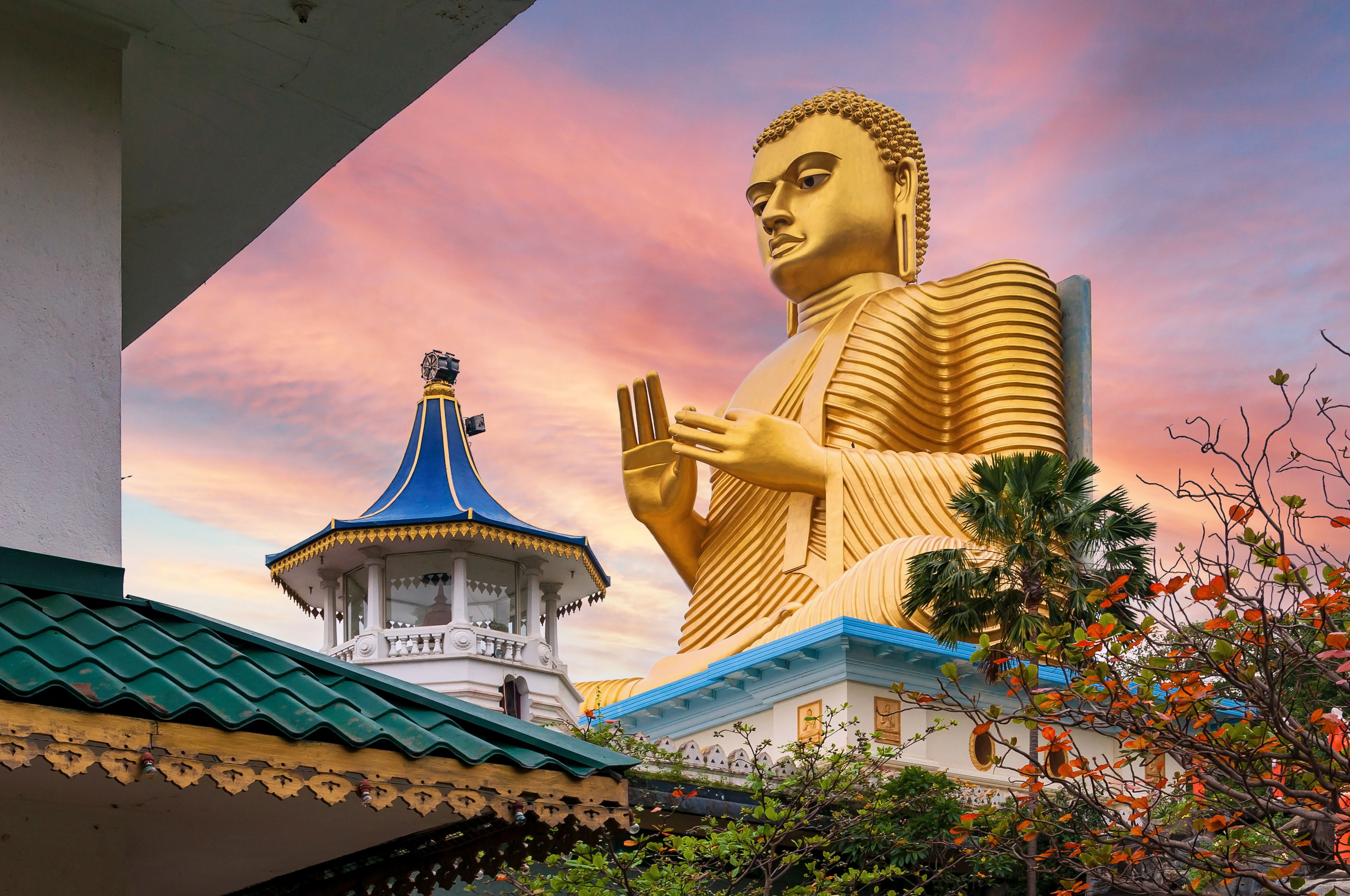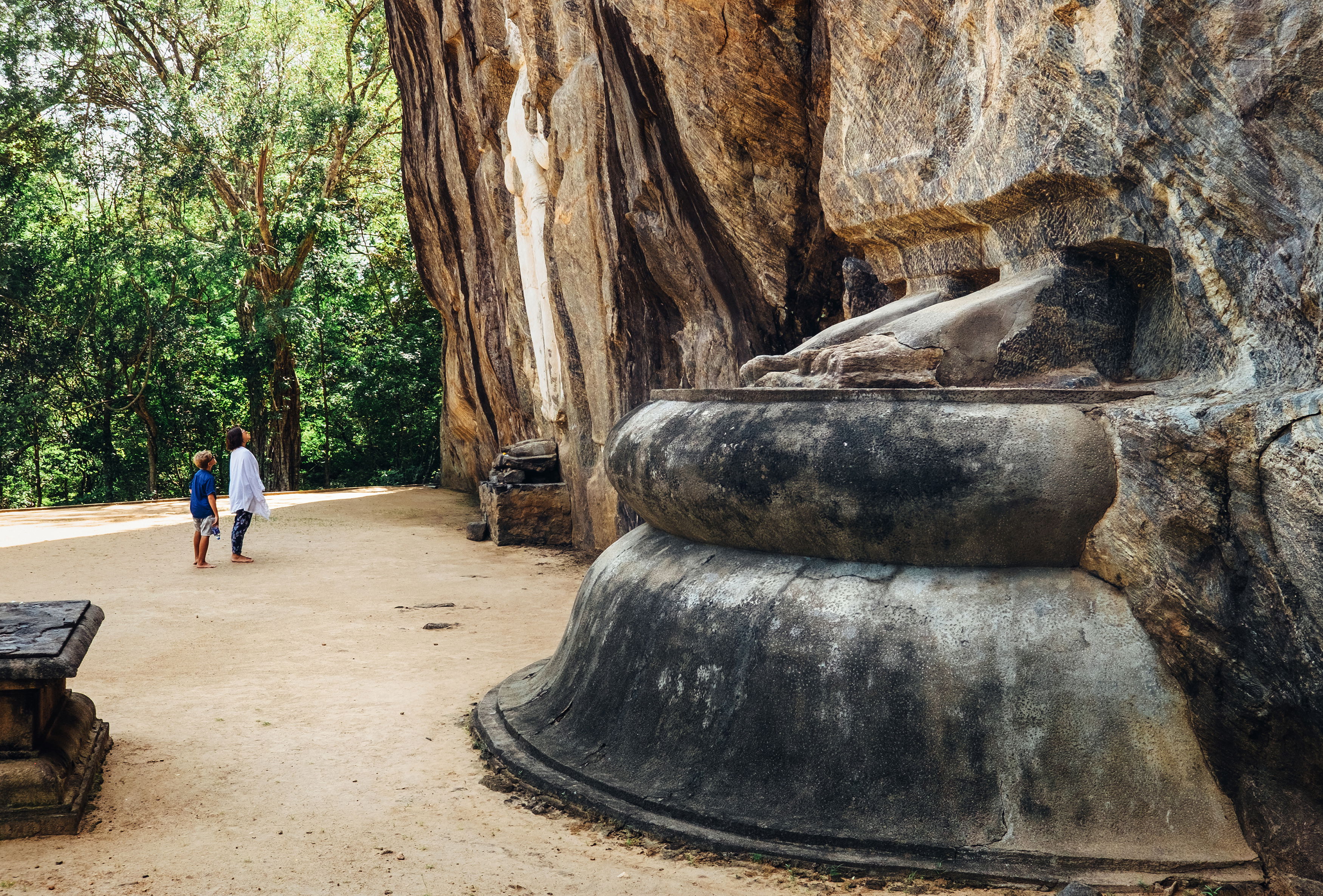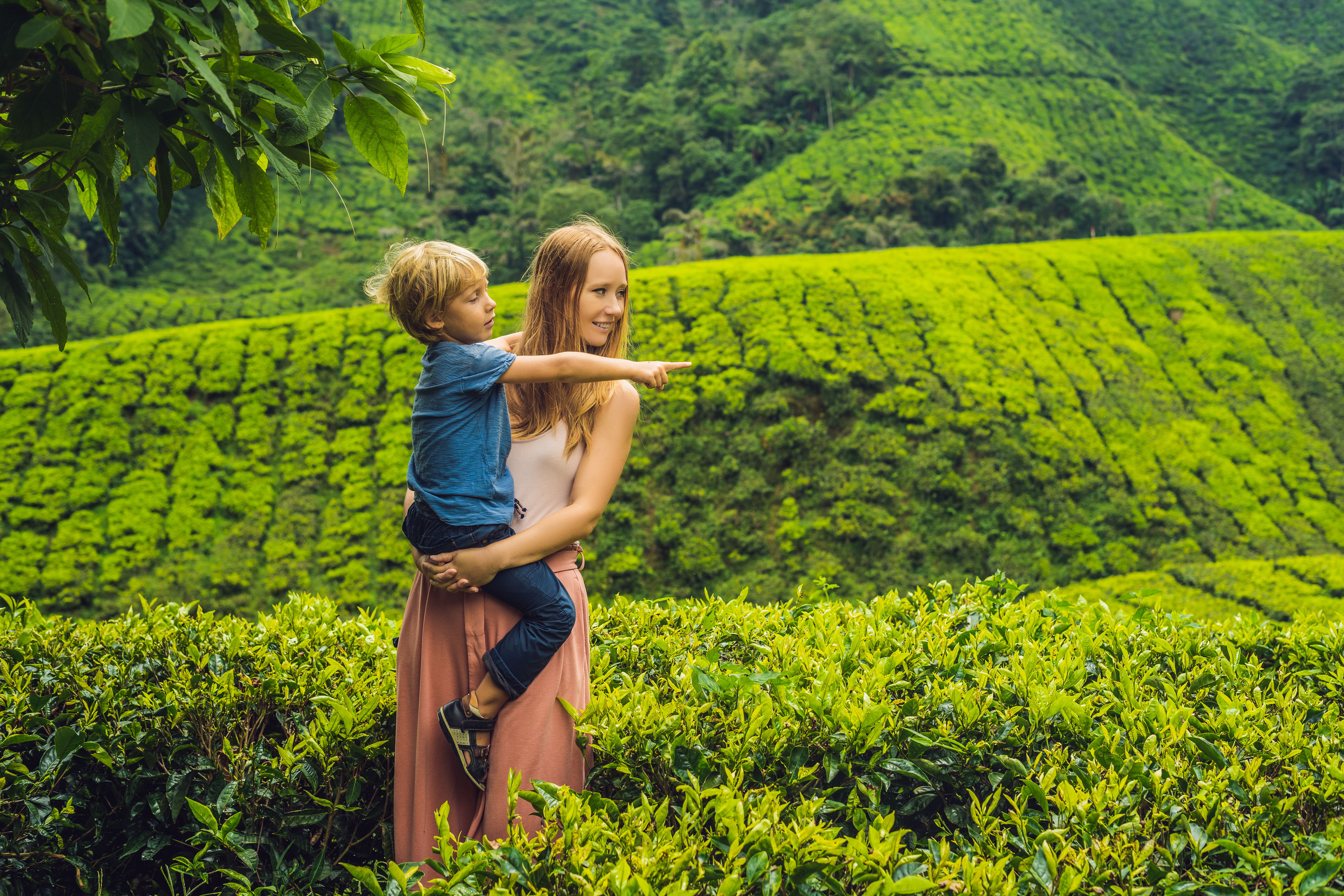Exploring the Rich and Diverse Culture of Ceylon
Ceylon, known today as Sri Lanka, is a small island nation with a rich and diverse cultural heritage that has evolved over millennia. Nestled in the Indian Ocean, Sri Lanka's culture is a vibrant tapestry woven from the influences of ancient kingdoms, colonial rulers, and diverse religious traditions. The island’s unique blend of history, art, cuisine, and customs offers a captivating insight into its distinct identity.

**1. Historical Legacy**
Sri Lanka's cultural history is deeply rooted in the ancient kingdoms of Anuradhapura, Polonnaruwa, and Kandy, which were centers of power, religion, and art. These kingdoms left behind impressive architectural marvels, including stupas, temples, and palaces that stand as a testament to the island’s sophisticated ancient civilization. The sacred city of Anuradhapura, a UNESCO World Heritage site, is one of the oldest continuously inhabited cities in the world and remains a key pilgrimage site for Buddhists.
**2. Religion and Spirituality**
Buddhism is the predominant religion in Sri Lanka, introduced in the 3rd century BCE by Mahinda, the son of the Indian Emperor Ashoka. The religion has profoundly influenced Sri Lankan culture, with Buddhist teachings permeating everyday life. The Temple of the Tooth in Kandy, which houses a relic of the Buddha’s tooth, is one of the most revered religious sites in the country. However, Sri Lanka is also home to significant Hindu, Muslim, and Christian communities, each contributing to the island’s religious and cultural diversity.

**3. Festivals and Celebrations**
Sri Lanka's calendar is filled with vibrant festivals that reflect its religious and cultural diversity. The Sinhala and Tamil New Year, celebrated in April, is a major national festival marked by traditional games, rituals, and feasting. The Esala Perahera in Kandy is another highlight, a grand procession held in honor of the Sacred Tooth Relic, featuring elaborately decorated elephants, traditional dancers, and drummers. Other significant festivals include Deepavali (the Hindu festival of lights), Eid al-Fitr (marking the end of Ramadan), and Christmas, which are celebrated with equal fervor across the island.
**4. Culinary Heritage**
Sri Lankan cuisine is a flavorful journey that reflects the island’s rich cultural mosaic. The use of spices like cinnamon, cardamom, and cloves, which have been cultivated on the island for centuries, is a hallmark of Sri Lankan cooking. Rice and curry form the staple diet, with a variety of dishes ranging from the fiery "pol sambol" (coconut relish) to the savory "hoppers" (bowl-shaped pancakes made from fermented rice flour). The influence of Portuguese, Dutch, and British colonial rule can also be seen in Sri Lanka’s cuisine, particularly in sweets like "kavum" (oil cakes) and "love cake," a legacy of the island's diverse culinary past.
**5. Arts and Crafts**
Sri Lanka boasts a rich tradition of arts and crafts, ranging from intricate wood carvings and mask-making to vibrant batik fabrics. Traditional dance forms, such as Kandyan dance, are integral to the island’s cultural expression, often performed during religious ceremonies and festivals. Sri Lankan music is equally diverse, blending ancient folk traditions with contemporary influences. Drumming plays a significant role in Sri Lankan music, with drums like the "geta bera" and "yak bera" being central to both ceremonial and cultural performances.

**6. The Influence of Colonialism**
The colonial period, beginning with Portuguese rule in the 16th century, followed by the Dutch and British, has left an indelible mark on Sri Lankan culture. The island’s legal system, architecture, and education were all shaped by colonial influences. Colombo, the commercial capital, is dotted with colonial-era buildings, and the English language remains widely spoken. However, Sri Lanka has also retained its indigenous culture, blending colonial influences with traditional practices to create a unique cultural synthesis.
**7. Contemporary Culture**
Today, Sri Lanka is a nation that embraces both tradition and modernity. While preserving its ancient heritage, the country is also a hub for contemporary art, literature, and cinema. Sri Lankan authors, artists, and filmmakers are gaining international recognition, contributing to the global cultural landscape. Additionally, the country’s commitment to sustainability and eco-tourism is influencing its cultural practices, as communities strive to preserve their natural and cultural heritage for future generations.

Conclusion
Ceylon’s culture is a rich mosaic of traditions, beliefs, and practices that reflect the island's historical depth and diversity. From its ancient religious sites to its vibrant festivals and culinary delights, Sri Lanka offers a unique cultural experience that continues to fascinate and inspire. As the country moves forward, it retains a strong connection to its past, ensuring that the legacy of Ceylon remains a vital part of its national identity.